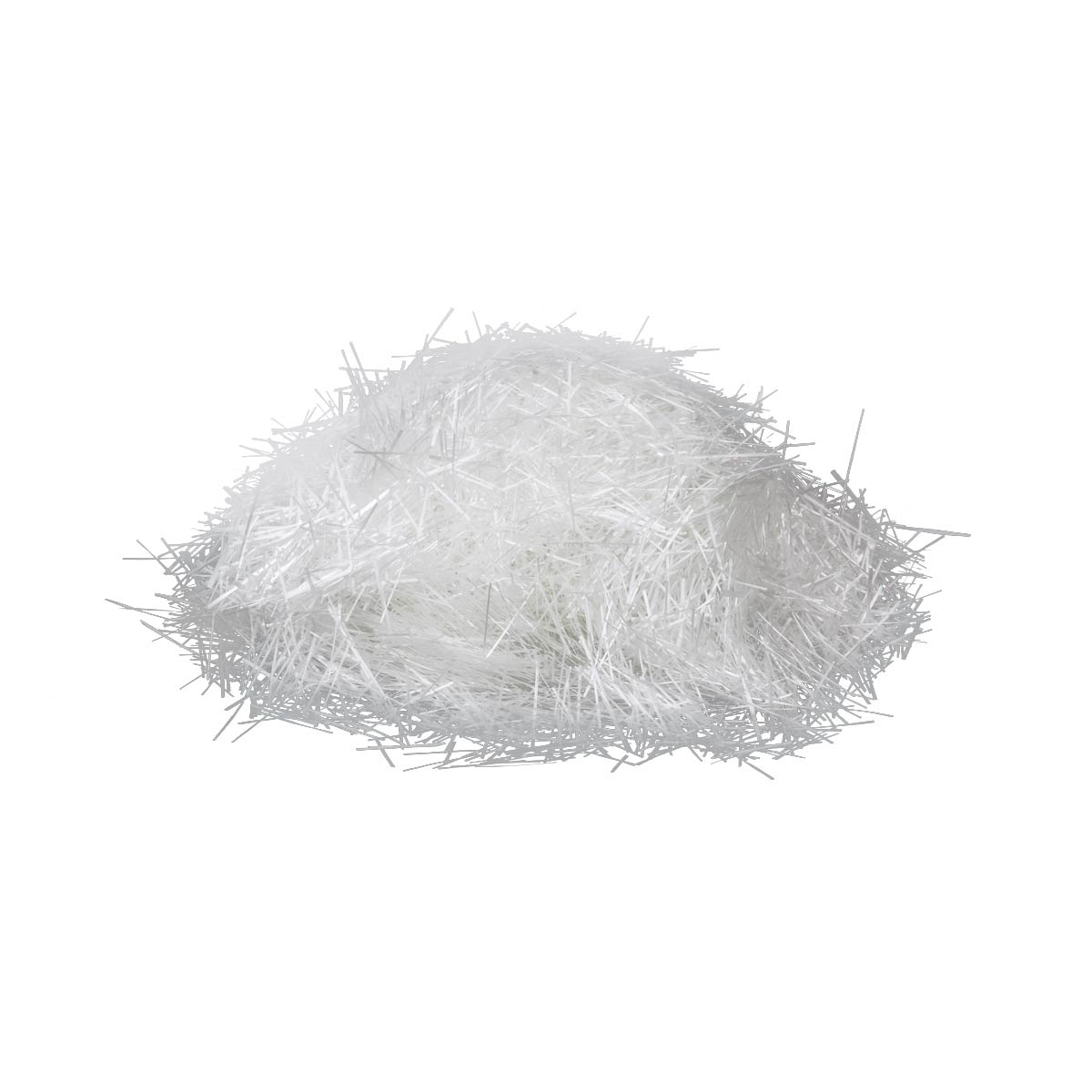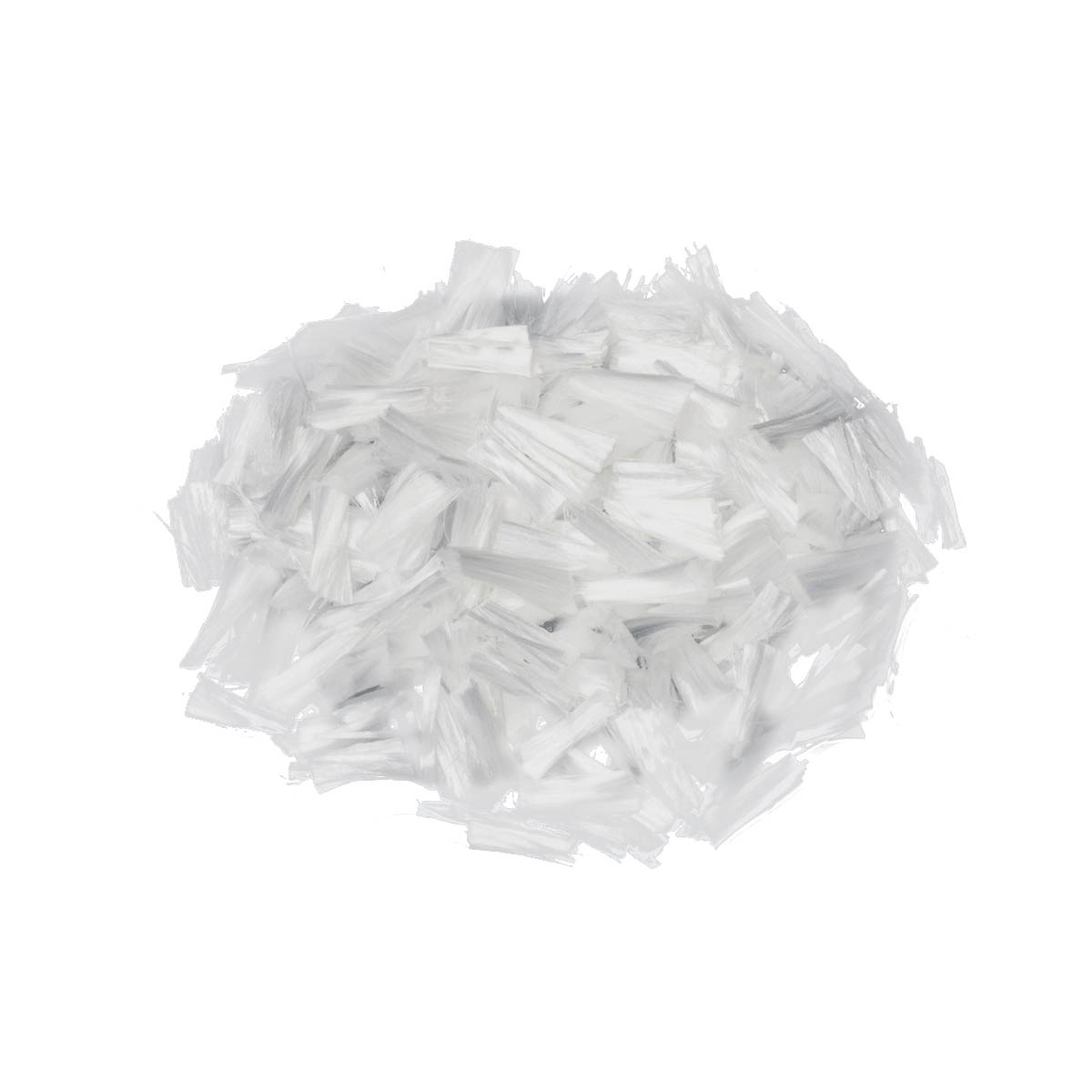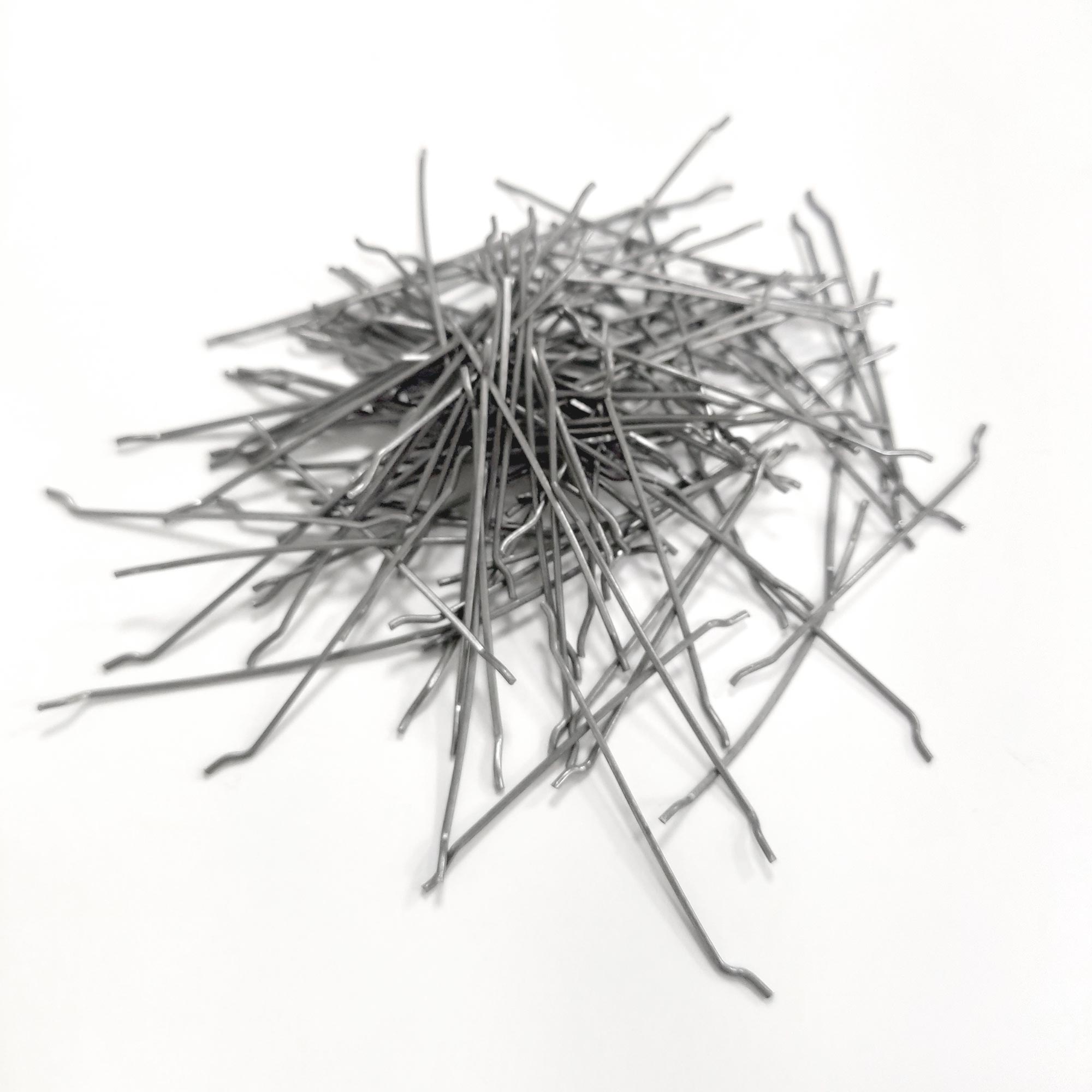
Fibers for concrete: glass fibers, polypropylene and steel
Aunque el concreto sea un material que goza de excepcionales prestaciones, tanto mecánicas como químicas, lo más recomendable es reforzarlo para mejorar más si cabe dichas capacidades.
In this sense, concrete fibers make up the perfect complement to achieve this goal. They provide an extra tensile strength to the support. In this way, the possibilities of cracking are reduced, the effects of shrinkage due to setting are reduced and the resistance to impact and fatigue are exponentially increased.
The fibers for concrete have been designed to replace the use of mesh, thus changing traditional application systems for more modern and faster to execute ones.
Tipos de fibras para concreto y sus diferencias
The most widespread concrete fibers today are glass fibers, polypropylene fibers, and steel fibers. At Topciment® we have all three types so that the choice falls on the professional according to their tastes and preferences. In the case of imprinted concrete, the most used fibers are polypropylene.
En términos generales, las diferencias más relevantes tienen que ver con la trabajabilidad, el agrietamiento y abrasión, la corrosión y las puntas expuestas.
Trabajabilidad
While glass fibers require the addition of extra additives that favor and facilitate their mixing with concrete, polypropylene fibers and glass fibers are simpler and more comfortable as they do not require such additives.
Abrasión y agrietamiento
Las fibras para concreto, sin importar el material del que estén hechas, ayudan a mejorar las resistencias mecánicas de los elementos estructurales. Es decir, su propósito es reducir las posibles grietas y fisuras. Sin embargo, las fibras de acero y las fibras de vidrio son más resistentes frente a la abrasión.
Corrosión
In this regard, polypropylene fibers are the most outstanding because they provide greater resistance to corrosion. The difference is very noticeable, as for example steel fibers are more prone to suffer from corrosion.
Puntas expuestas
Cuando se mezclan las fibras con el concreto, existe el riesgo de que las puntas de los filamentos puedan quedar expuestas en la superficie. De ahí radica la importancia de elegir adecuadamente. Las fibras de polipropileno y las fibras de vidrio son las más confiables en este sentido, porque no ocurre. Por su parte, las fibras de acero sí pueden dejar algunas puntas expuestas.





